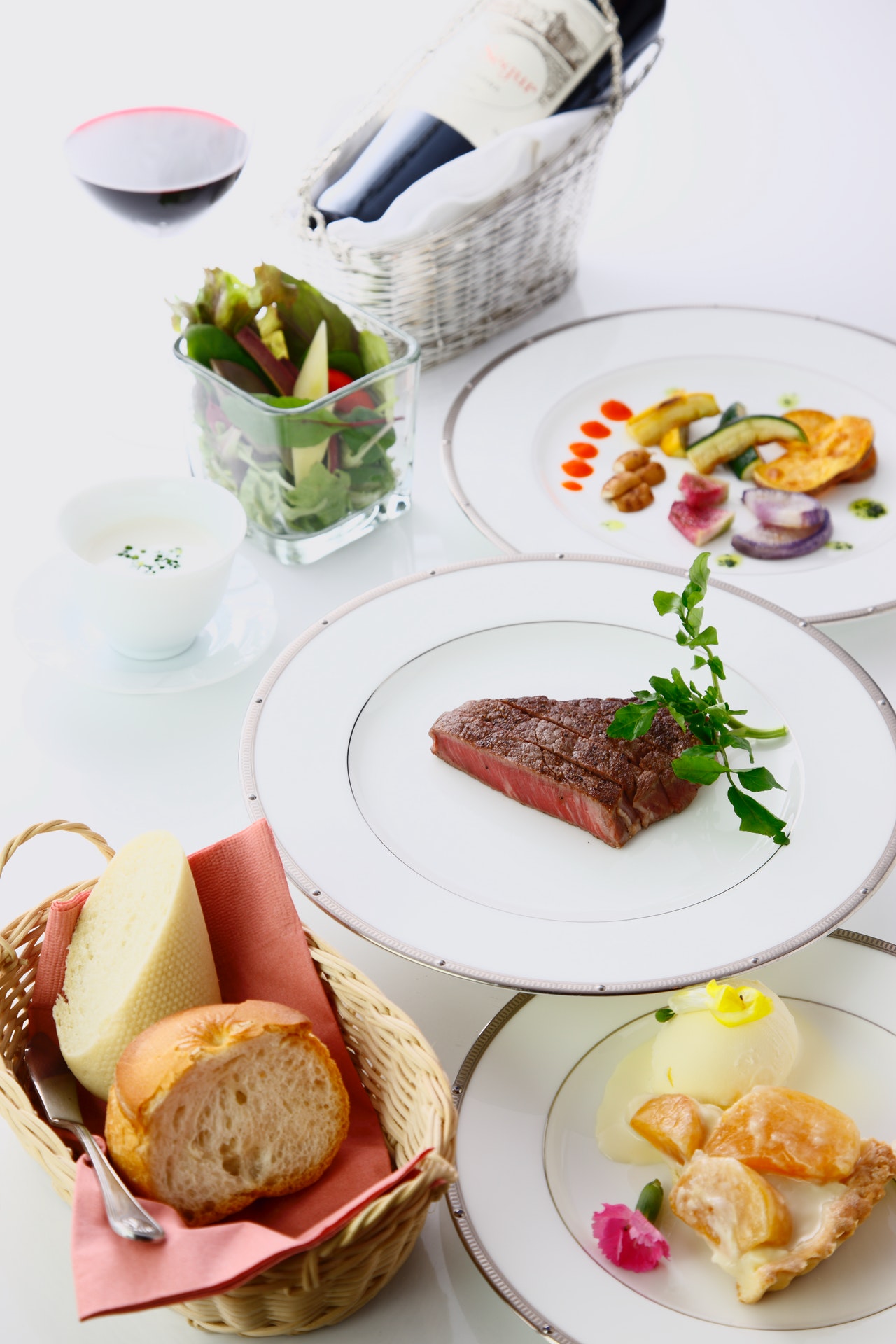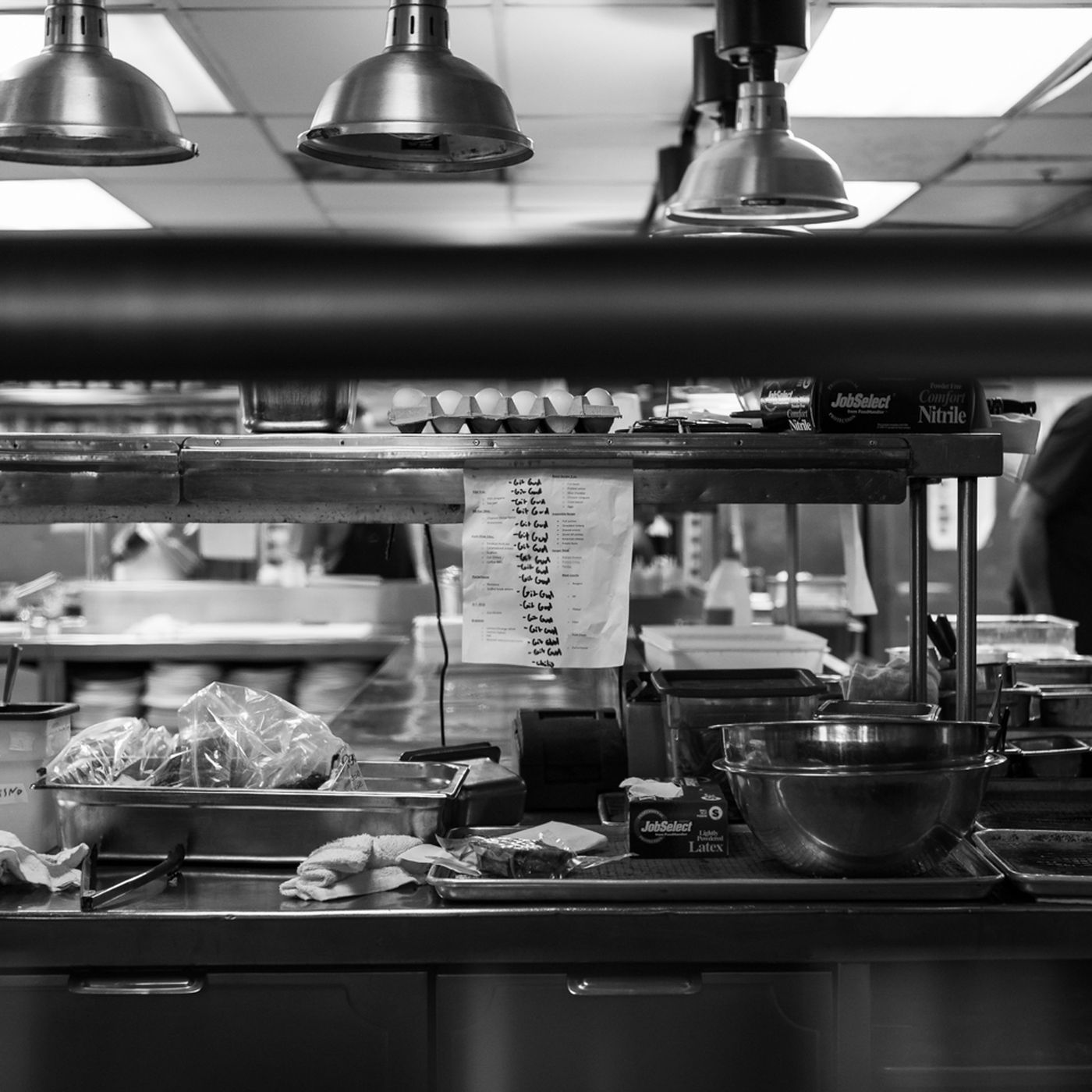Creating a culinary idea and presenting it on a plate is a fascinating and intricate process in gastronomy. Turning a vision into a fully realized menu and dining experience requires creativity, expertise, and meticulous planning. This article will walk you through the step-by-step process of executing a culinary concept, giving you an inside look at what happens in the kitchen.
Step 1: Conceptualization and Inspiration
Inspiration starts the journey. Personal experiences, cultural influences, seasonal ingredients, and culinary trends all inspire chefs and culinary concept developers. It’s about crafting a story and defining what sets the concept apart.
Step 2: Research and Development
As soon as the concept is conceptualized, it’s time for research and development. Exploring flavor profiles, experimenting with ingredients, and refining the vision are all part of this process. You might draw on your culinary expertise to create new and innovative combinations, or reinvent classic dishes with a modern twist, making use of your culinary knowledge.
Step 3: Menu Planning
Once you have a clear vision and a refined recipe, the next step is to plan your menu based on that vision. In order to achieve this, a well-balanced menu is curated to reflect the concept’s theme as well as cater to a variety of tastes that reflect the theme. Considerations include appetizers, main courses, desserts, and beverage pairings, all harmonizing to create a cohesive dining experience.
Step 4: Ingredient Sourcing and Quality Assurance
It is the quality of the ingredients that determines the success of any culinary concept. In order to enhance the flavor and authenticity of each dish, chefs will source fresh, seasonal, and, whenever possible, local ingredients to ensure the best possible quality and taste. In order to ensure consistency and meet the standards set by the concept, quality assurance is of utmost importance.
Step 5: Culinary Technique and Execution
With the menu set and ingredients prepared, chefs employ their culinary skills to execute each dish. This step involves precise techniques, attention to detail, and a deep understanding of cooking methods. It is imperative that chefs work collaboratively to ensure that every element on the plate contributes to the overall harmony of the dish as a whole.
Step 6: Presentation and Plating
Presentation is a key aspect of culinary concept execution. Chefs pay careful attention to plating techniques, aesthetics, and the use of complementary colors, and textures to create visually stunning dishes. The goal is to evoke an emotional response from diners and enhance their overall dining experience.
Step 7: Menu Testing and Refinement
A concept must be rigorously tested and refined before it is introduced to the public. To ensure that each dish meets the desired flavor profile and aligns with the overall concept, chefs and culinary teams conduct tastings, gather feedback, and make adjustments.
Step 8: Training and Team Preparation
Executing a culinary concept successfully requires a well-trained and cohesive kitchen and service team. Training sessions ensure that all team members understand the concept, the story behind each dish, and the importance of consistency in execution. This step is crucial for delivering a seamless dining experience to guests.
Step 9: Launch and Promotion
The big day arrives as the concept is ready to be introduced to the public. Launch events, promotional campaigns, and collaborations with food influencers can create excitement and anticipation. Social media and marketing efforts play a crucial role in generating buzz around the new culinary offering.
Step 10: Continuous Evaluation and Evolution
Even after the concept is launched, the journey doesn’t end. Continuous evaluation, customer feedback, and staying attuned to industry trends are essential. This ongoing process allows chefs and culinary teams to make informed decisions, refine the concept further, and ensure its longevity in the ever-evolving culinary landscape.
Conclusion
Passion, skill, and dedication go into the journey from idea to plate. Creating a culinary concept involves a symphony of inspiration, research, planning, execution, and continuous refinement. It’s a testament to the artistry and innovation within the culinary world, where chefs transform concepts into unforgettable dining experiences for discerning guests.




